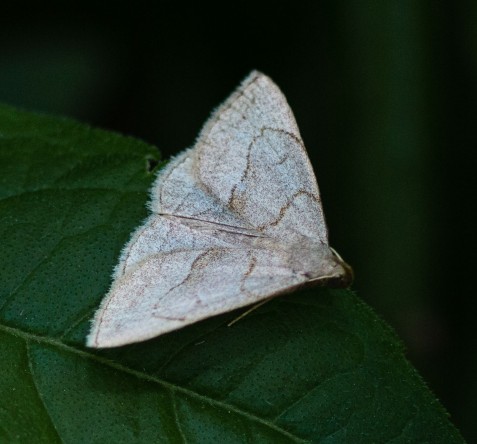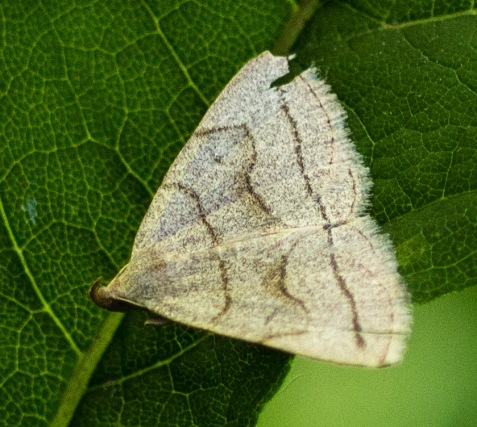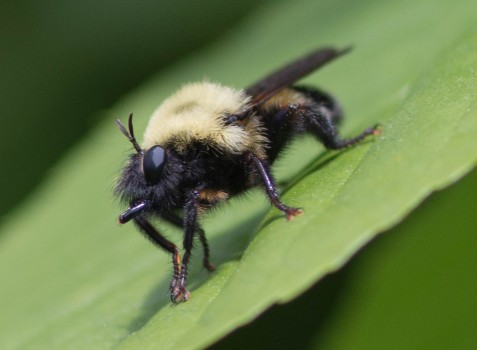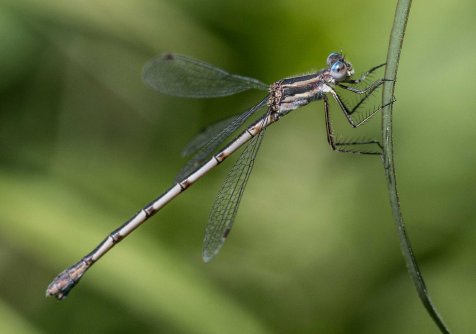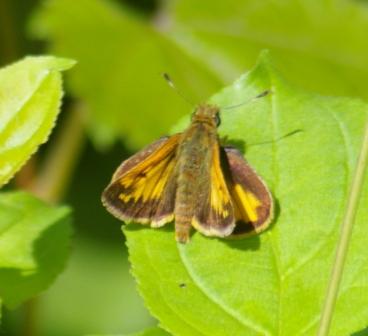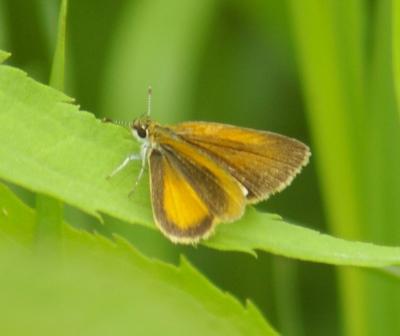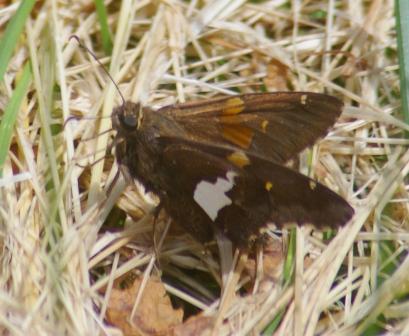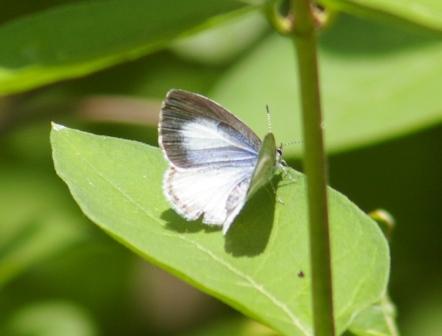by Carl Strang
The warm weather has brought out a beautiful diversity of insect life at Mayslake Forest Preserve. Here’s the gallery from last week:
What they have in common is their relatively early season compared to similar relatives, a rather sharp bend in the dark line closest to the head, a kink or at least flat area in the tip of the curve in the middle line, and a rather straight outermost line. This is one of a large group of moths whose larvae make their living by eating dead leaves. Many are common in our woodlands thanks to that abundant resource.
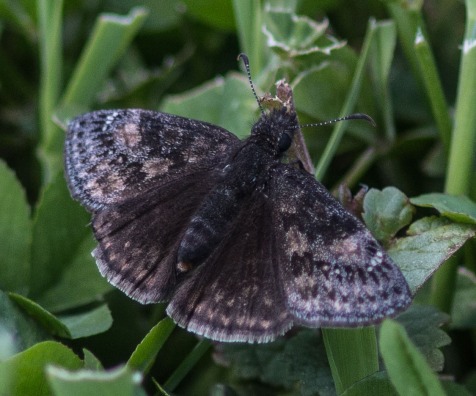
This skipper put me through a long session with the references. I concluded that it is Juvenal’s dusky wing.
It is very similar to the wild indigo dusky wing, which also occurs at Mayslake, and I need to be more careful in the future in identifying these butterflies. The difference, as I understand it, is that Juvenal’s has areas of pale color within the black inner part of the forewing, and just inward of the central tan area there is a pale dot (very faint in this individual) rather than a short bar.
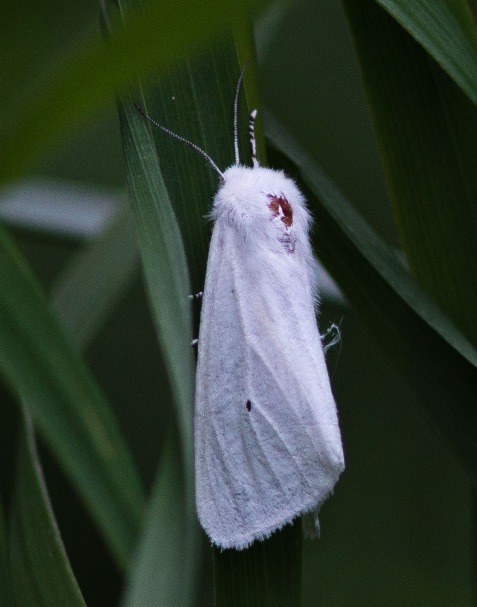
Less ambiguous is this Virginia tiger moth. There are other white tiger moths, but they don’t have the fancy black-and-white barred legs, a couple of which are sticking out here. Also, this one patiently let me move its leaf so as to get a look at its front femurs. They were yellow-orange rather than pink.
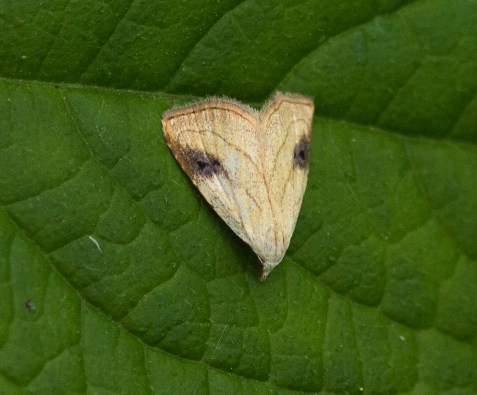
This pretty little moth, photographed near the edge of the north savanna, was an addition to the preserve species list. The spotted grass moth is described as “uncommon” in references.
